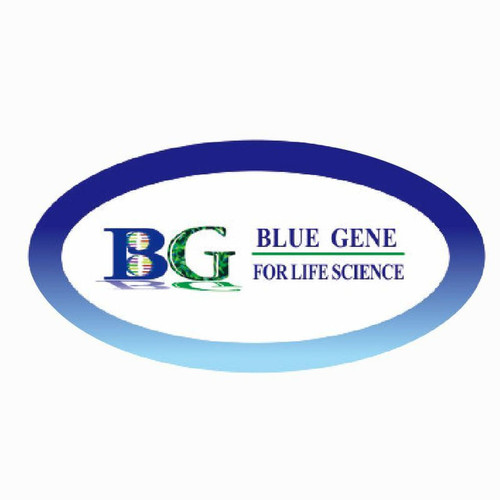Product Description
Mouse DNA-directed RNA polymerase III subunit RPC6 (POLR3F) ELISA Kit | AE60077MO | Abebio
Species Reactivity: Mouse (Mus musculus)
Abbreviation: POLR3F
Alternative Name: MGC13517; RPC39; RPC6; DNA-directed RNA polymerase III 39 kDa polypeptide F|DNA-directed RNA polymerases III 39 kDa polypeptide|RNA polymerase III C39 subunit
Application: ELISA
Range: Request Information
Sensitivity: Request Information
Intra-Assay: ≤4.9%
Inter-Assay: ≤8.3%
Recovery: 0, 99
Sample Type: Serum, Plasma, Other biological fluids
Detection Method: Sandwich
Analysis Method : Quantitive
Test Principale: This assay employs a two-site sandwich ELISA to quantitate POLR3F in samples. An antibody specific for POLR3F has been pre-coated onto a microplate. Standards and samples are pipetted into the wells and anyPOLR3F present is bound by the immobilized antibody. After removing any unbound substances, a biotin-conjugated antibody specific for POLR3F is added to the wells. After washing, Streptavidin conjugated Horseradish Peroxidase (HRP) is added to the wells. Following a wash to remove any unbound avidin-enzyme reagent, a substrate solution is added to the wells and color develops in proportion to the amount of POLR3F bound in the initial step. The color development is stopped and the intensity of the color is measured.
Product Overview: POLR3F is one of more than a dozen subunits forming eukaryotic RNA polymerase III (RNA Pol III), which transcribes 5S ribosomal RNA and tRNA genes. This protein has been shown to bind both TFIIIB90 and TBP, two subunits of RNA polymerase III transcription initiation factor IIIB (TFIIIB) . Unlike most of the other RNA Pol III subunits, the encoded protein is unique to this polymerase. hRPC39 interacts physically with both hTBP and hTFIIIB90, two subunits of human RNA Pol III transcription initiation factor IIIB. These data strongly suggest that the hRPC32-hRPC39-hRPC62 subcomplex directs RNA Pol III binding to the TFIIIB-DNA complex via the interactions between TFIIIB and hRPC39.
Stability: The stability of ELISA kit is determined by the loss rate of activity. The loss rate of this kit is less than 5% within the expiration date under appropriate storage condition. The loss rate was determined by accelerated thermal degradation test. Keep the kit at 37°C for 4 and 7 days, and compare O.D.values of the kit kept at 37°C with that of at recommended temperature. (referring from China Biological Products Standard, which was calculated by the Arrhenius equation. For ELISA kit, 4 days storage at 37°C can be considered as 6 months at 2 - 8°C, which means 7 days at 37°C equaling 12 months at 2 - 8°C) .
 Euro
Euro
 USD
USD
 British Pound
British Pound
 NULL
NULL








